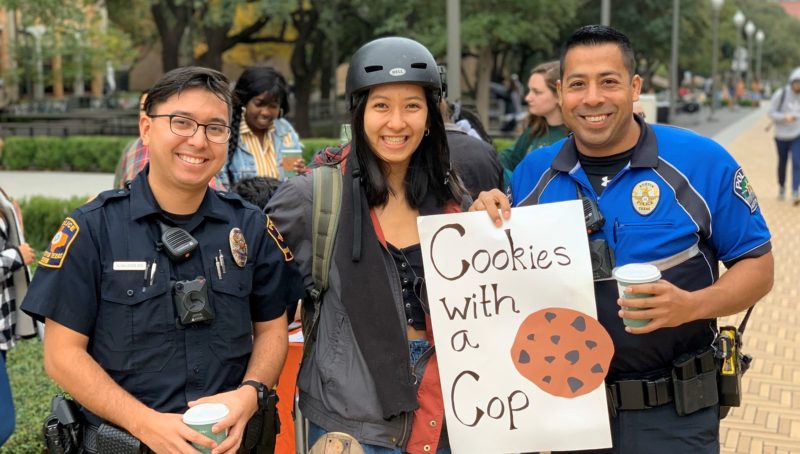City auditors have reported “mixed” results of a three-year effort by Austin Police (APD) to improve outreach to communities, saying that officers feel encumbered by high call volume and understaffing, limiting the time they have to attend events or connect with residents.
That finding is found in an 18-page report released to the public by the Office of the City Auditor after an Audit and Finance Committee meeting May 27. The objective of the audit was to assess whether Austin’s community policing efforts since 2016 have been effective.
Community policing is “building positive relationships, one contact at a time, by being present, engaged, and visible in the community to address crime and improve the general well-being of residents and visitors,” according to the APD definition of the term.
In 2016, the Austin Police Department created five codes for tracking community policing activities, including codes for attending community events or visiting local businesses. However, patrol officers have not been using those codes consistently. Auditors found they were applied to less than 1% of patrol calls between January 2019 and June 2019.
“Because of these challenges, it is not clear if officers have more time available for community engagement in 2019 than they did in 2016. Many patrol officers who responded to our survey of APD employees indicated they do not have adequate time to engage with residents because of high call volume and issues with understaffing. APD managers said similar things during interviews,” the audit report says.
Police Chief Brian Manley concurred with the audit report in a May 8 letter, saying, “My office agrees with both recommendations and with the detail provided throughout the report.”
Looking ahead, auditors wrote that starting in October 2020, all APD patrol commanders will be tasked with developing community engagement strategies specific to their neighborhoods. The auditors also cited the need for community policing training options to improve officers’ ability to connect with members of the community and build professional relationships.
Despite the reported staff shortage at APD, some criminal justice reforms in Austin have opposed expanding the police force. Chris Harris, a member of Austin’s Public Safety Commission, an advisory body to the City Council, wrote in a tweet May 26, The answer to police violence and the threat of police violence against black people isn’t ‘more police violence, but equal.’ Let’s start wit fewer police with less power.”
He added two days latter, “Apparently I need to spell this out. We shouldn’t use the very tools that consistently hurt people unjustly to try and achieve justice…. We should focus on reducing police budgets and power.”
